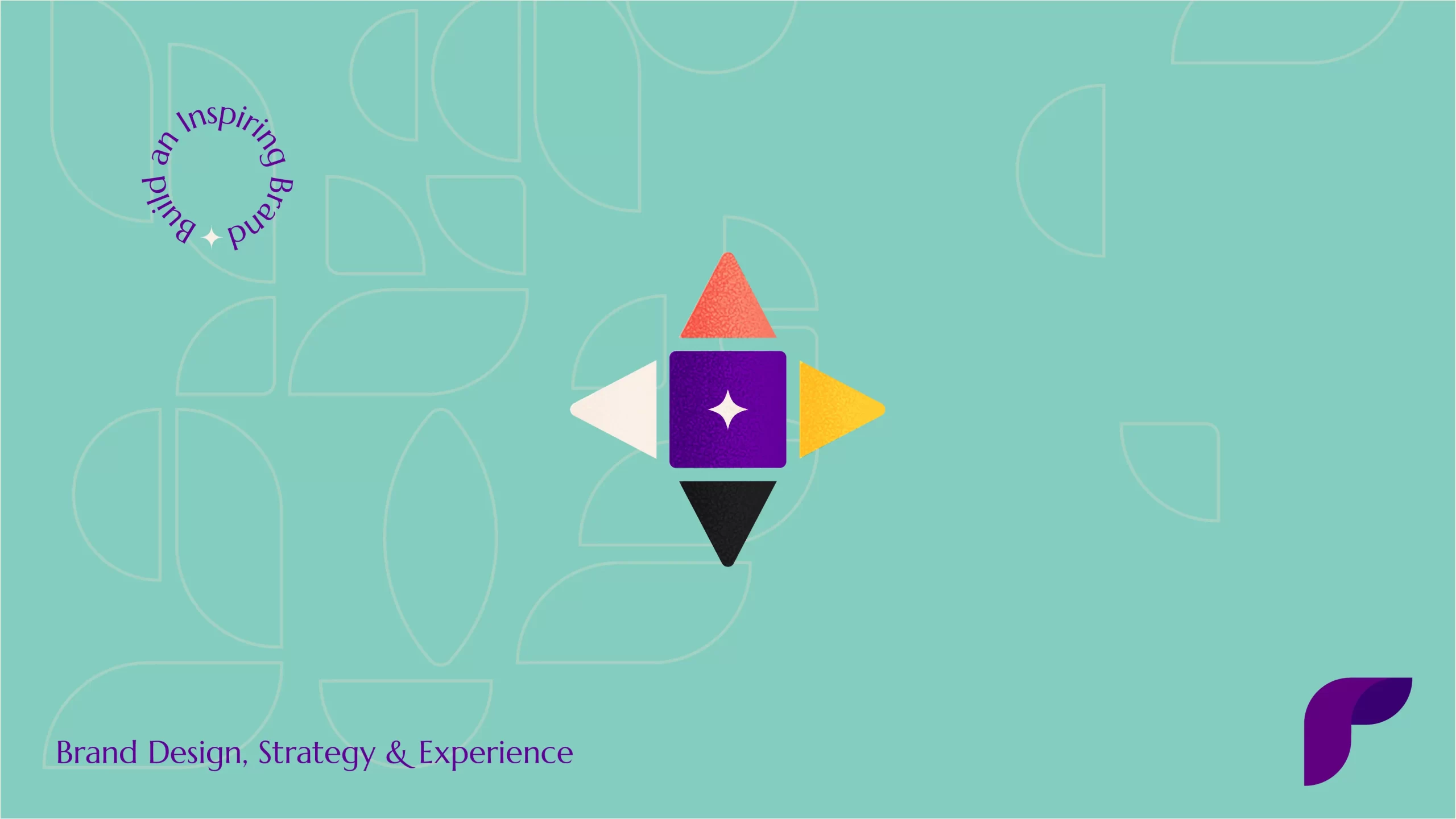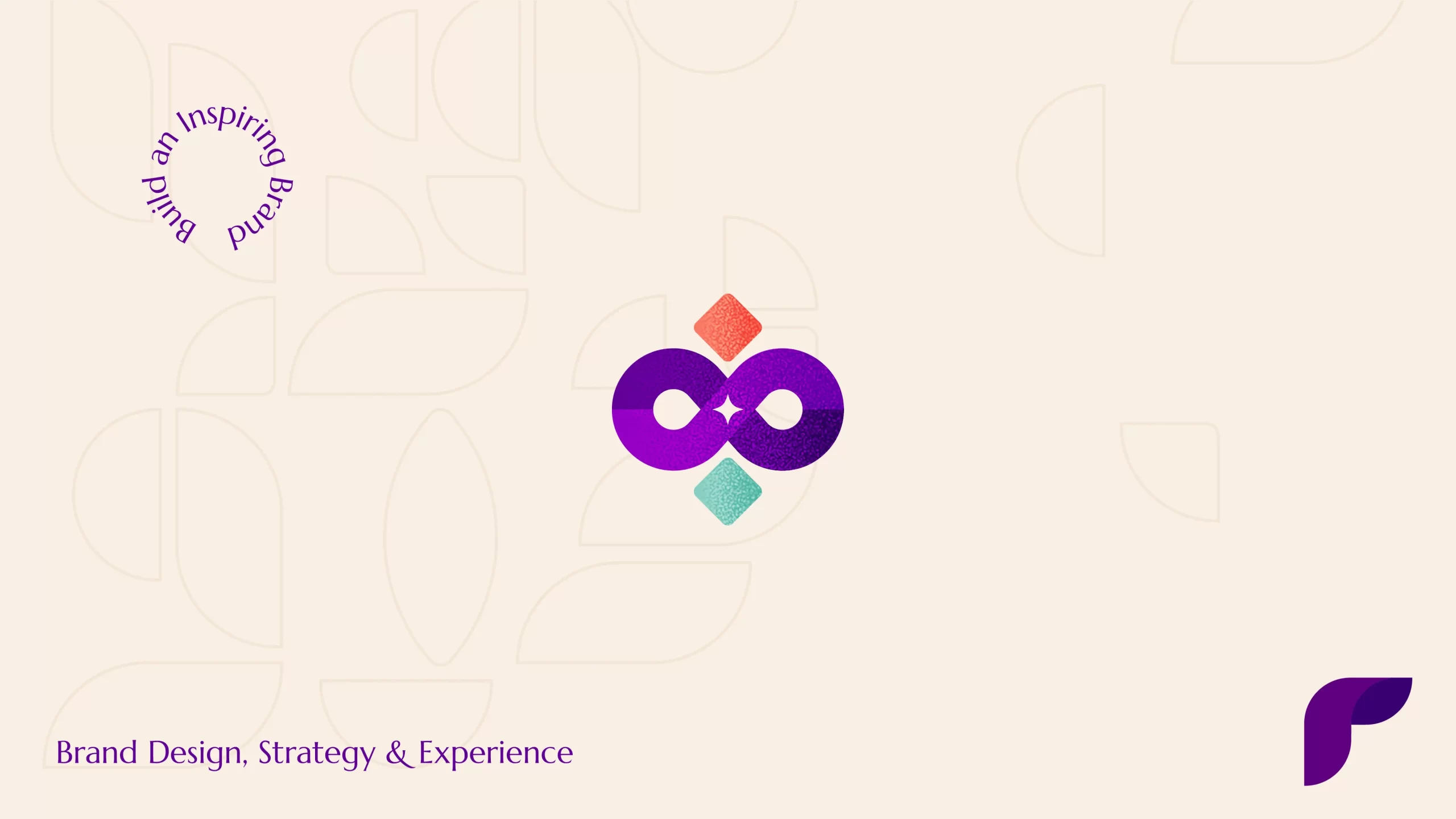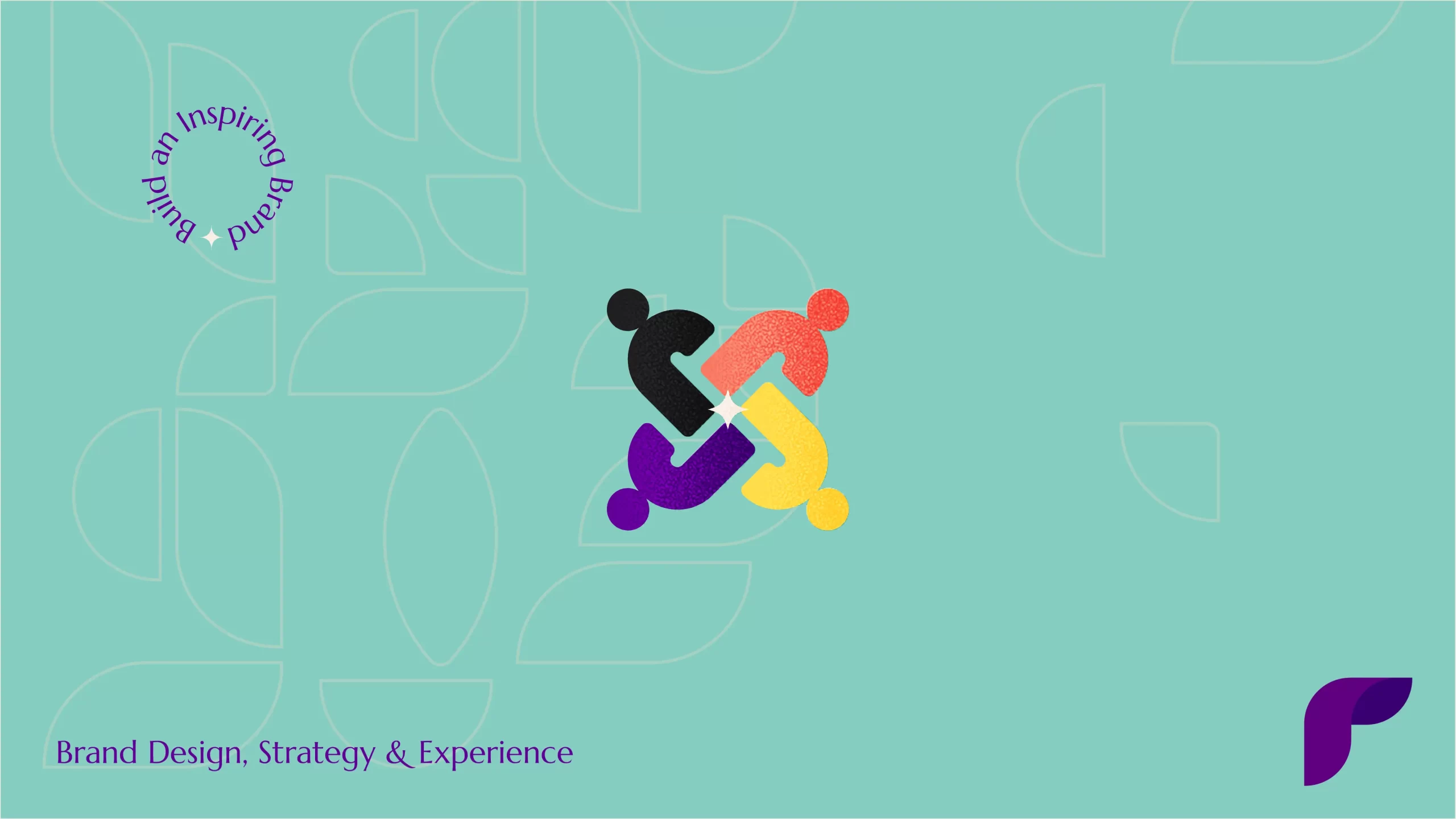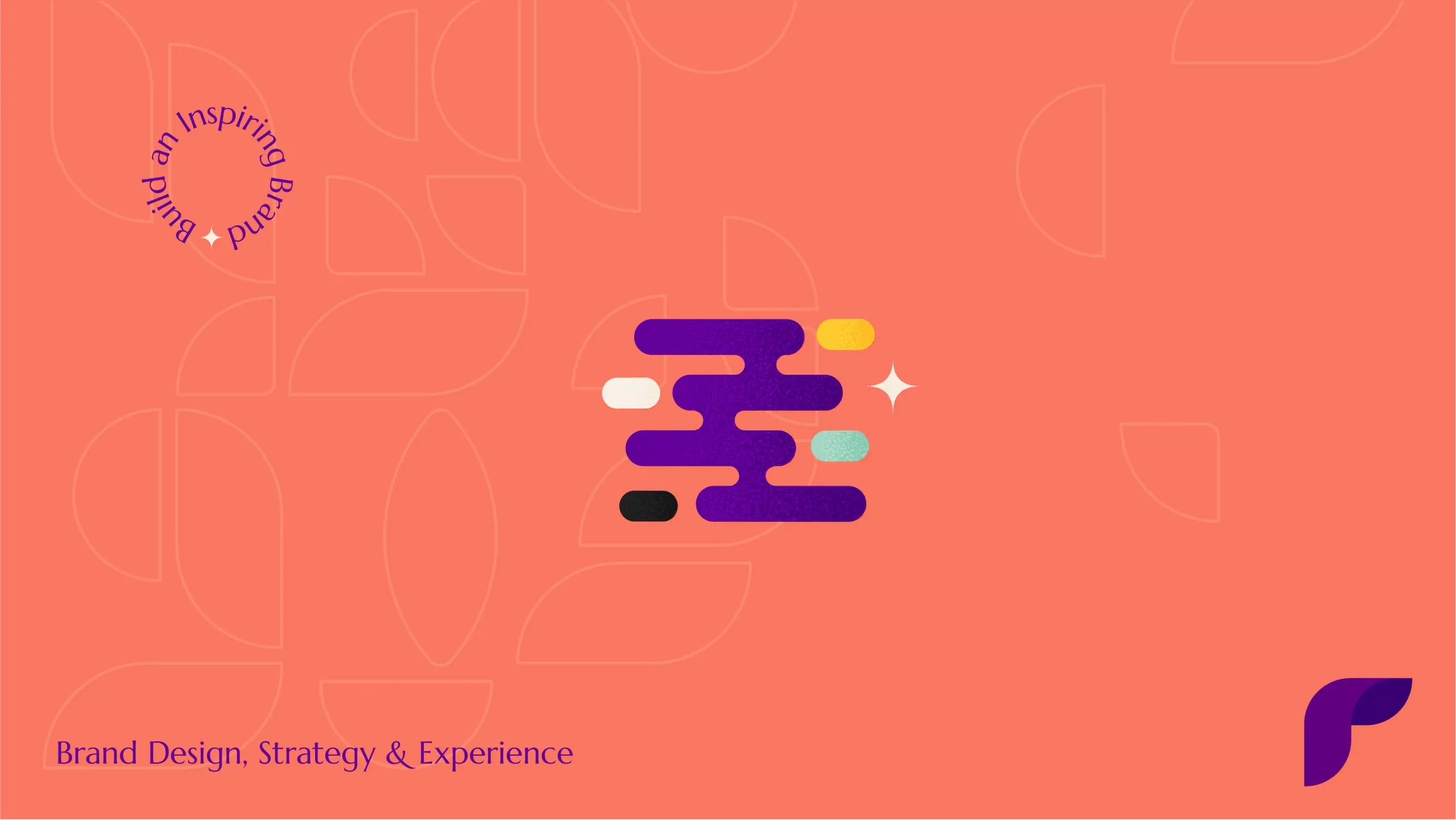Web design constantly adapts to technological advancements and cultural shifts. In 2024, it is marked by an interplay of innovation and nostalgia, pushing designers to explore new horizons. Keeping pace with these trends is crucial for creating websites that captivate audiences and deliver exceptional user experiences.
Design trends wield significant influence over user experience and engagement. They shape the visual language of the internet, influencing how users interact with and perceive digital content. Staying attuned to emerging trends ensures that web designers can harness the power of aesthetics and functionality to create impactful online user experiences.
What’s in this article?
Maximalism: Breaking the minimalist mold
Maximalism in web design marks a departure from the prevailing minimalist trend. Characterized by vibrant colors, bold patterns, and rich textures, maximalist websites embrace excess to create visually immersive and memorable digital spaces.
Websites like Balenciaga and Gucci exemplify maximalism, leveraging extravagant visuals to convey their brand’s identity. These platforms push the boundaries of traditional design, offering users an unconventional and stimulating online journey.
Maximalism captivates users by breaking away from the simplicity of minimalism. The abundance of visual elements and details creates a dynamic and exciting environment, fostering longer user engagement and a more memorable browsing experience.
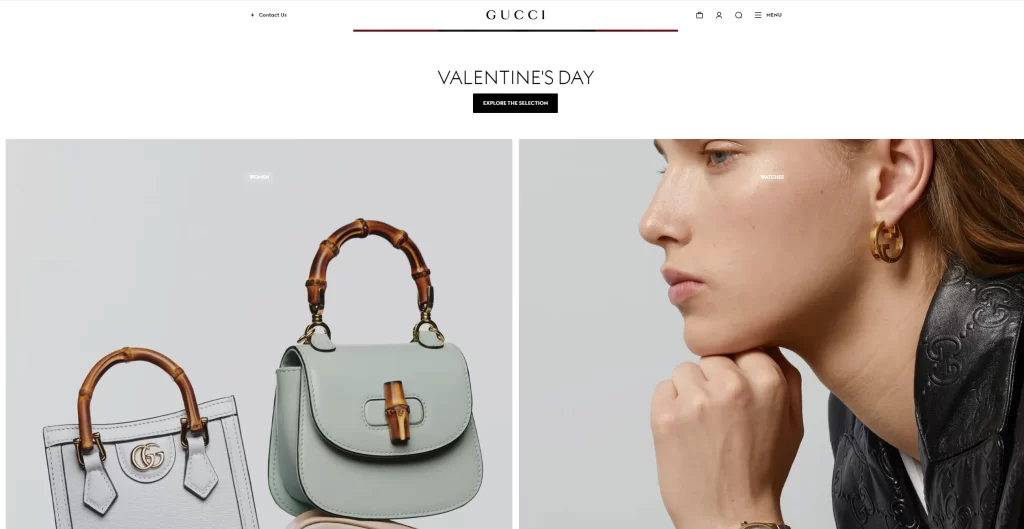
’80s Excess: Retro resurgence in digital design
The resurgence of ’80s design elements taps into nostalgia, bringing back bold colors, geometric shapes, and retro fonts. This trend harks back to an era of excess, influencing contemporary digital aesthetics.
Web designers are embracing ’80s excess by infusing websites with vibrant color palettes, grainy textures, vintage photography, unconventional geometric layouts, and fonts reminiscent of the neon-lit era. Look at this website for example. This infusion of nostalgia creates a visually stimulating and memorable online presence.
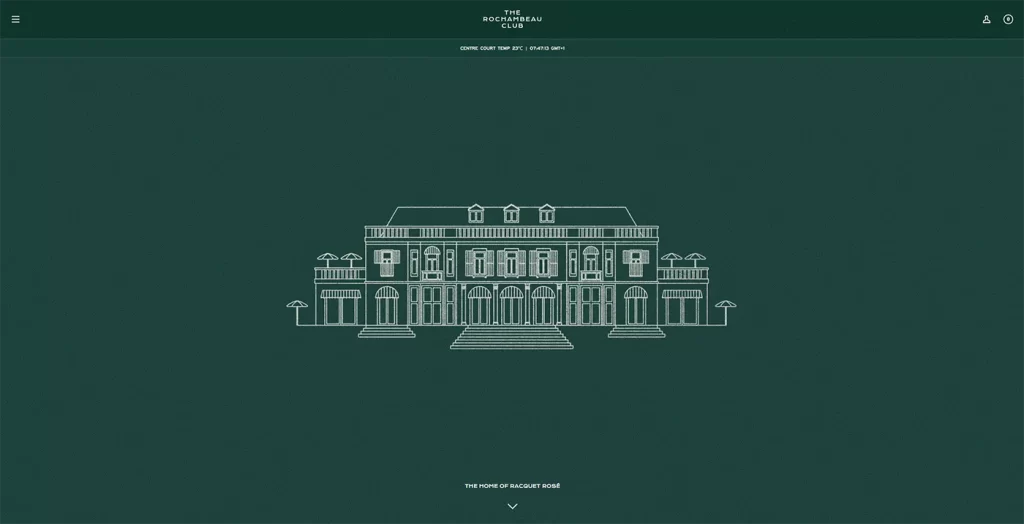
The psychological appeal of ’80s excess lies in its ability to evoke positive emotions associated with nostalgia. Users are drawn to the familiarity of retro aesthetics, creating a sense of comfort and connection that enhances the overall user experience.
Y2K aesthetics: A blast from the past
The Y2K aesthetic, inspired by the turn of the millennium, is making a comeback in 2024. This design trend channels early 2000s tech-inspired visuals, blending futuristic elements with a touch of nostalgia.
Web designers are reimagining Y2K aesthetics by incorporating glossy textures, metallic accents, and futuristic motifs into their designs as in website, built on webflow. This fusion of past and future creates a unique visual language that resonates with contemporary audiences.
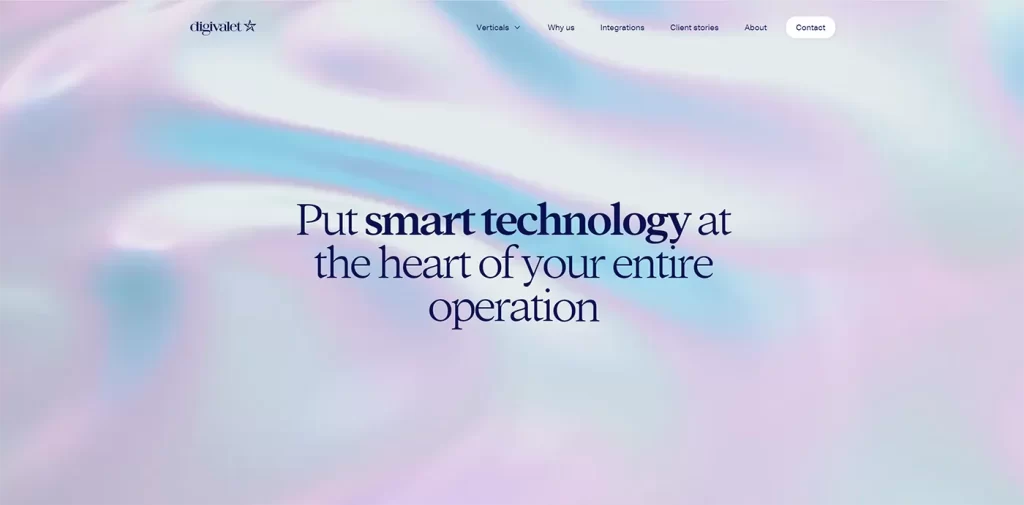
Y2K design resonates with modern audiences through its ability to evoke a sense of optimism and futurism. By revisiting the visual language of the early 2000s, designers tap into a collective nostalgia while offering a fresh perspective on the future.
Heritage revivalism: Bridging past and present
Heritage revivalism in web design involves incorporating cultural and historical design elements to create a bridge between the past and present. This trend celebrates diversity and heritage in digital spaces.
Platforms like Bulgari and Aman use heritage-inspired design to showcase cultural richness. By seamlessly blending tradition with modern functionality, these websites offer immersive experiences that educate and entertain.
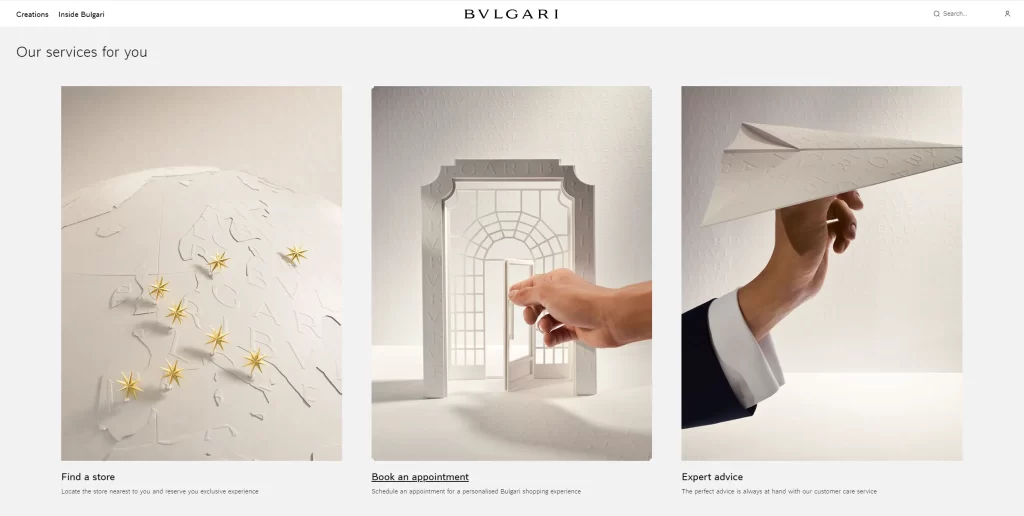
The success of heritage-inspired web design lies in striking a balance between honoring tradition and meeting modern functional requirements. This approach not only preserves cultural narratives but also enhances user engagement through a unique visual storytelling experience.
Also read: Web design in 2024: A practical look at AI’s impact
Kawaii-inspired femme design
Kawaii-inspired design, originating from Japanese pop culture, has gained prominence in web interfaces. Characterized by cute and charming aesthetics, this trend transcends cultural boundaries to celebrate cuteness and empowerment.
Kawaii-inspired femme design incorporates feminine elements, embracing soft colors, adorable characters, and playful graphics. These design choices foster a welcoming and positive user perception, contributing to a more inclusive digital space.
Beyond cuteness, Kawaii-inspired design empowers users by infusing positivity and joy into digital experiences. This trend emphasizes the importance of emotional connection in web design, encouraging designers to evoke uplifting sentiments through their creations.
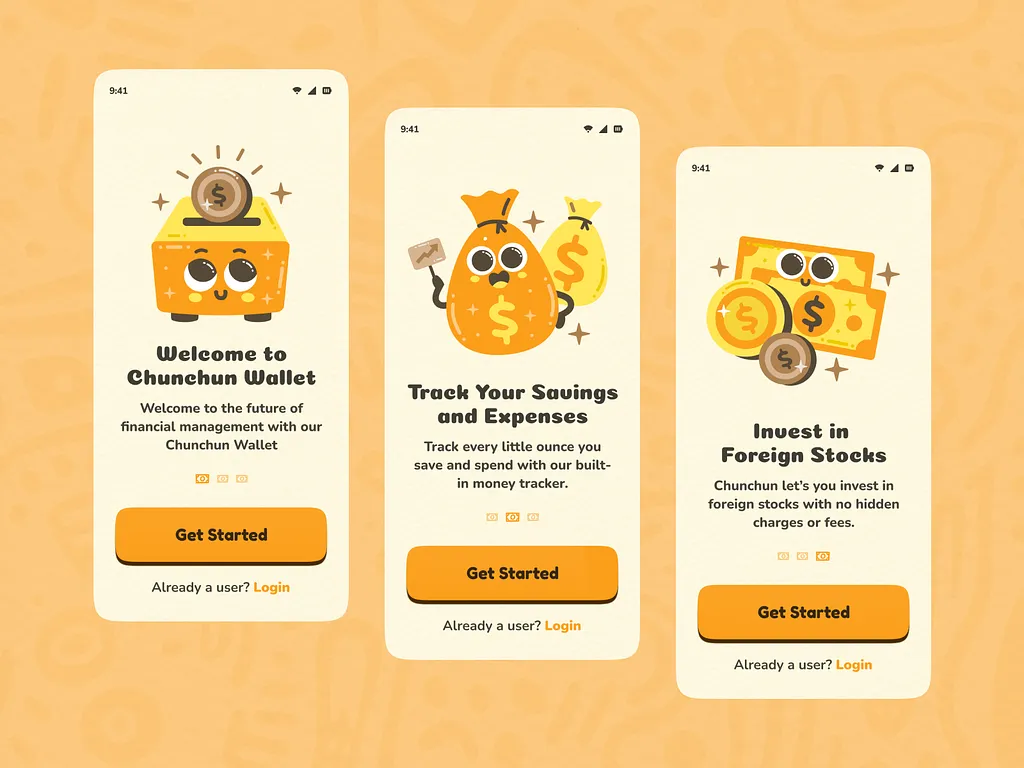
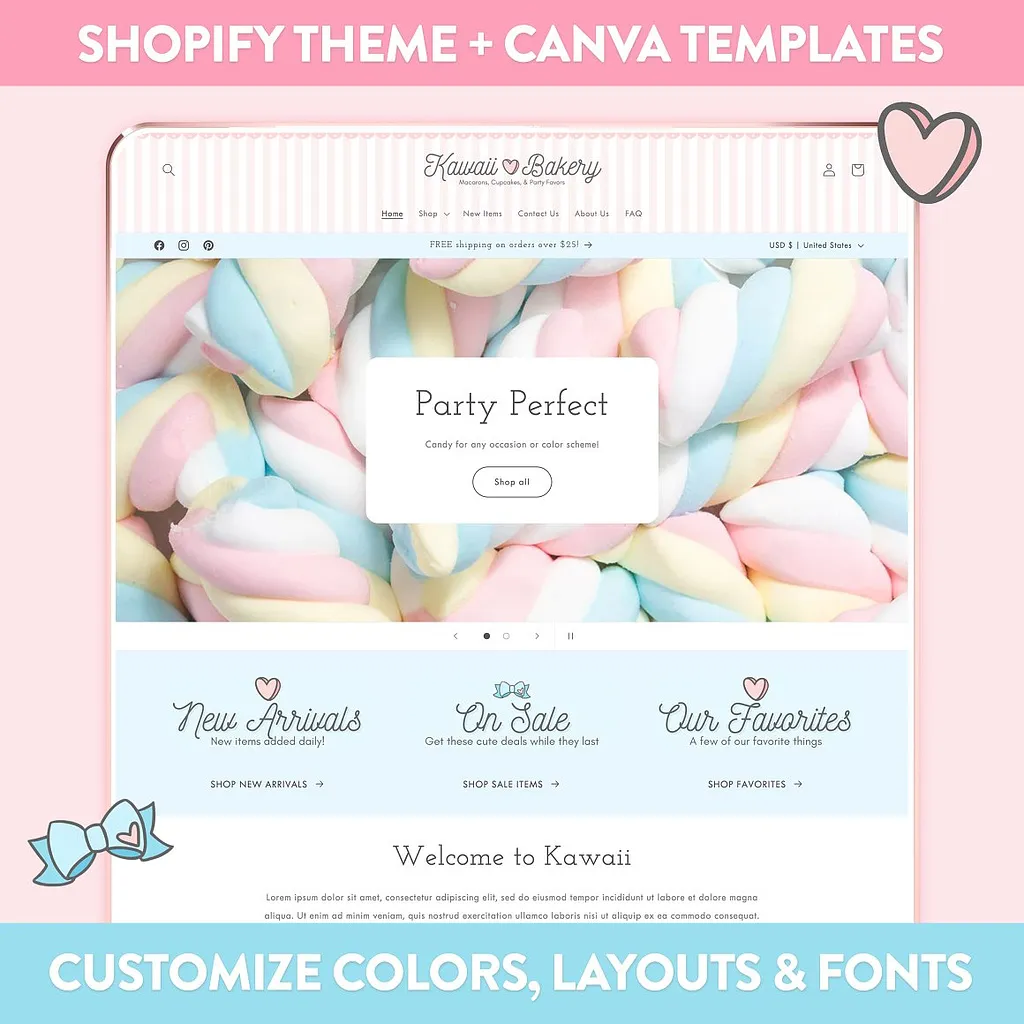
The integration of AI and interactive elements
Artificial intelligence (AI) is revolutionizing web design by enabling personalized and adaptive user experiences. From chatbots to dynamic content recommendations, AI-driven elements enhance the functionality and engagement of websites.
The integration of interactive elements, facilitated by AI, transforms static websites into dynamic platforms. Users can engage with content, receive tailored recommendations, and enjoy a more personalized browsing experience, fostering longer periods of interaction.
Websites like Spotify and Netflix leverage AI to analyze user preferences and provide personalized recommendations. The seamless integration of AI-driven interactive elements enhances user satisfaction and encourages prolonged engagement with the platform.
Optimizing for accessibility and inclusivity
As technology advances, the importance of accessible web design becomes more pronounced. Designers are increasingly prioritizing inclusivity, ensuring that websites are usable by individuals with diverse abilities and preferences.
Accessible web design involves considering diverse user needs, including those with disabilities. Implementing features like alt text, keyboard navigation, and adjustable font sizes ensures that all users can access and interact with digital content seamlessly.
Web designers are leveraging tools like screen readers, color contrast analyzers, and usability testing to create inclusive web experiences. By embracing accessibility as a fundamental design principle, designers contribute to a digital landscape that is welcoming to everyone.
Also read: Website design do’s and don’ts: The essential handbook
Conclusion
Staying adaptable is crucial for designers to remain relevant and innovative. Knowing and using emerging trends allows designers to push creative boundaries, ensuring that their work resonates with contemporary audiences and stands out in a competitive market.
The evolution of web design in 2024 invites designers to experiment, welcome diversity, and push their boundaries. By staying curious and open to new trends, designers can create websites that not only meet functional requirements but also inspire users.

